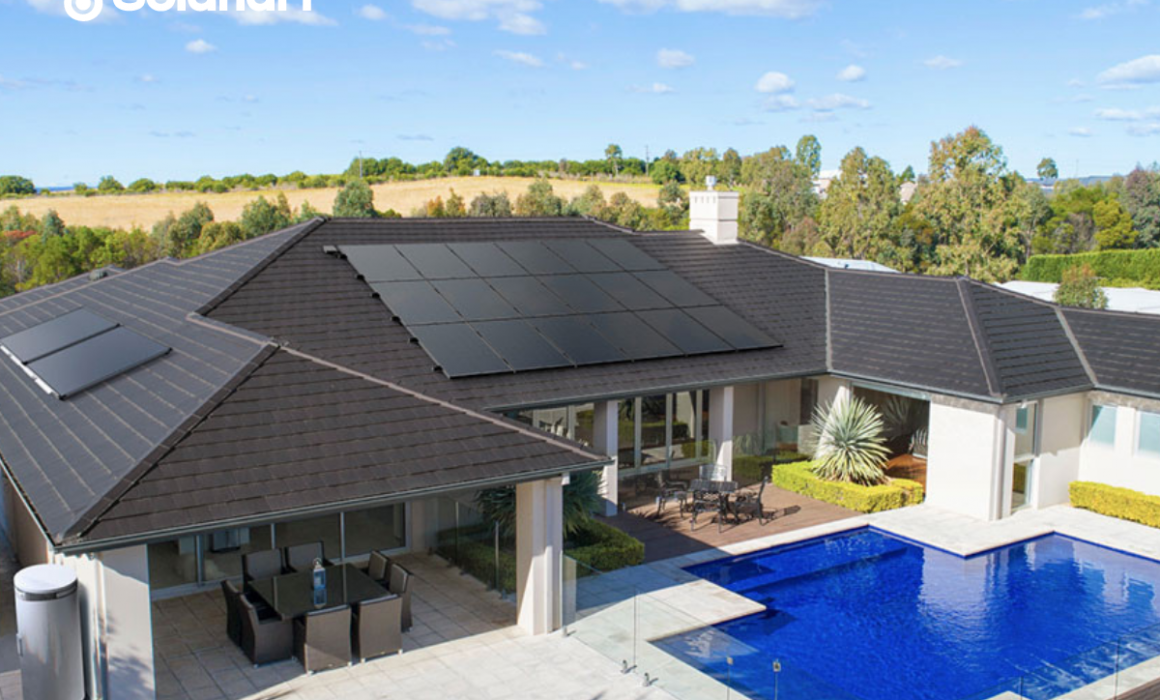The Impact of Solar Power System Size on Energy Production
Solar power has gained popularity amongst both homeowners and business owners as a renewable energy source. Not only does solar power offer a clean and sustainable solution to meet our increasing energy demands but it’s also an ethical way of saving yourself some hard-earned dollars.
When embarking on the journey of installing solar panels, one crucial factor that greatly affects your investment is the size of the system. How do you determine the right size of solar power system for your home or business?
Read on as we look at the significance of solar power system size and its impact on energy production. We will look at the factors that determine the best size, the relationship between system size and power output, and what to keep in mind when considering a new solar power system.
Understanding Solar Power System Size
When we talk about the size of a solar power system, we are referring to its capacity to generate electricity. This capacity is typically measured in units such as kilowatts (kW) or megawatts (MW). The size of the system depends on several factors that need to be taken into consideration. Some of these factors are available roof space, how much energy the home or business requires, and the allocated budget.
Optimal Size for Maximum Power Output
How do you determine what the optimal size of a solar power system is? How does the size of the system affect energy production? Having an oversize or under-sized system can significantly affect its efficiency and overall performance. When a system is too small, it may not generate enough electricity to meet the energy demands of the occupants. On the other hand, an oversized system may lead to unnecessary costs and inefficient use of resources. So how do you ensure you get the sizing right?
Factors Affecting System Size
Energy Consumption: The first step in determining the right size of a solar power system for your home is to assess your home’s energy consumption. By reviewing past electricity bills, you can identify the average energy usage patterns, peak loads, and how your usage varies across the seasons. This information is crucial in accurately sizing your system to meet your energy needs.
Roof Space: How much space do you have for your new solar panels? How much available roof space you have plays a vital role in determining how many solar panels you need. For best results, solar panels require enough space to capture sunlight effectively. You need to consider factors such as shading from trees or nearby buildings that can reduce the available space and impact the system size.
Budget: The budget allocated for the solar installation also influences the size. While a larger system may generate more energy, it comes with a higher upfront cost. It’s important to find a balance between the size of the system and your budget to ensure a cost-effective solution.
Power Output and System Size
The size of a solar power system directly impacts its power output, which is measured in kilowatt-hours (kWh) or megawatt-hours (MWh). Larger systems generally produce more electricity than smaller systems. However, it’s important to note that the power output is also influenced by other factors, such as solar irradiance, temperature, and system efficiency.
Solar radiation refers to the amount of sunlight that reaches a particular location. It represents the strength of sunlight available for solar panels to convert into electricity. Areas with higher solar radiation such as Brisbane, receive more sunlight, which means we have greater potential for electricity generation, even with smaller solar power systems.
This is a very important consideration, especially for those of us in South East Queensland who enjoy more sunshine than the average Australian. In fact, those of us who call Brisbane home enjoy 283 days of sunshine per year.
Considerations for Sizing a Solar Power System
Future Energy Needs: When considering the size of a new solar power system, it’s important to consider what your future energy needs are. You will need to consider factors such as electric vehicle charging or any future changes in your lifestyle.
Solar Feed-in Tariff: solar feed-in tariff is where solar-powered homeowners feed any extra electricity they generate back into the grid. This means that when your solar panels produce more electricity than what you need, it goes back to the utility company, and you receive credits for it. These credits can be used later when your panels aren’t producing enough electricity, such as during the night or on cloudy days.
Inverter Capacity: Inverters are like the translators of your solar power system. They take the direct current (DC) electricity produced by your solar panels and convert it into the alternating current (AC) electricity that your home or business uses.
Shade Analysis: shade can have a big impact on solar panels’ performance. When certain parts of your solar panels are shaded, it reduces their ability to soak up sunlight and generate electricity. That’s why it’s important to be aware of any potential shading issues before installing your solar power system.
Before you dive into the installation process, conducting a shade analysis is recommended. This analysis helps the solar installation expert identify any objects, like trees that might cast shadows on your solar panels. By figuring out the shady spots in advance, you can optimise the placement and sizing of your panels to make sure they get maximum exposure to the sun.
Contact The Experts at Solahart
As we’ve learned, the size of a solar power system plays a vital role in determining its energy production capabilities. With careful planning and consideration, solar power system size can have a significant positive impact on energy production and contribute to a more sustainable future. We at Solahart are experts in solar power. Contact us today to discuss your energy needs and if solar power is right for you.


